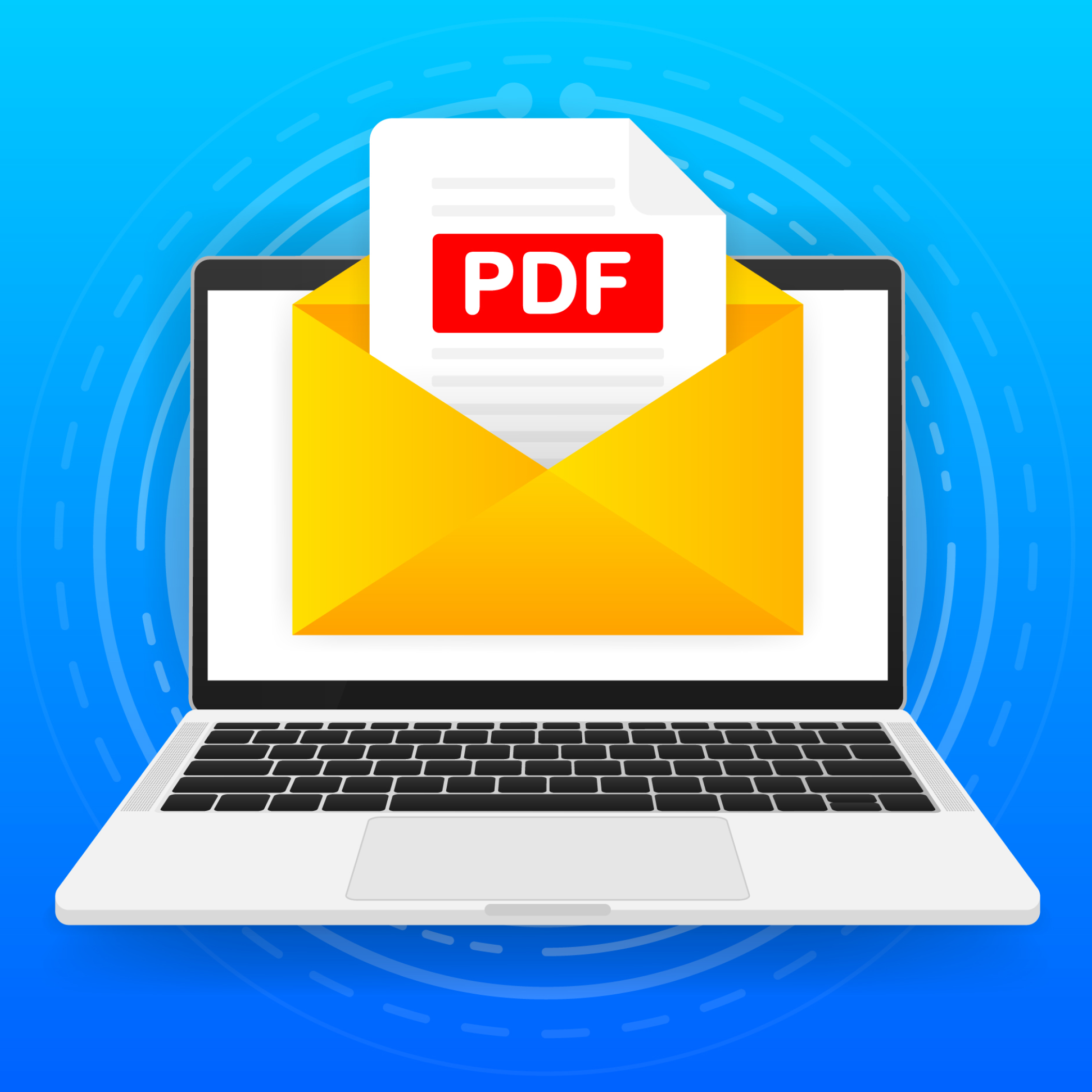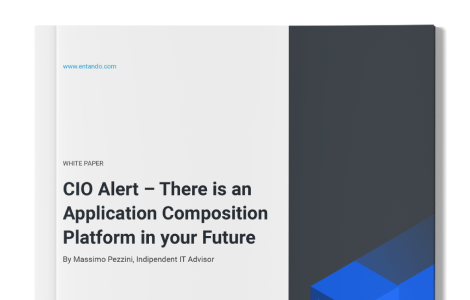
Manage email and document generation with modular functionalities
Manage email and document generation with modular functionalities
We’ve discussed previously how IT architecture is evolving towards composability, enabled by modular software components that are independent and reusable. These are Packaged Business Capabilities, or PBCs, each one tasked with a specific business function. But how does this translate in practice? Starting with two basic functions common to all companies, email and document generation, let’s explore how this works.
Managing the rules of different email providers
Every organization deals with email providers, most often external ones like Brevo, Amazon SES, Mandrill, and SMTP–a choice driven by increased delivery guarantees and compliance with regulations.
Each provider has its own operating rules: account management, API status, limits on credits to be sent or the number of emails sendable per second, and so on. Our applications need to interface with these limits, but what happens if these rules change or a different provider is used? Each individual application will need to be updated.
To avoid this complexity, we can introduce a packaged business capability or PBC connected to your applications to manage email operations and interface with providers. Any changes will be relegated to this single module, simplifying the process and minimizing the cost of implementing the updates.
Once links to email providers and APIs for internal connections are configured, the PBC can send emails for the applications. New accounts can be created and all email services can be furnished through this PBC. If changes are needed, you update just one component, not every application that had email functionality.
Furthermore, an email PBC can also help manage transactional emails: i.e., those automatic emails sent to a single recipient to confirm a transaction or an event. In such cases, it is possible to send messages through multiple providers and the Simple Mail Transfer Protocol (SMTP) using a single API to oversee template management, GDPR timing requirements, debug rates, operational monitoring, and content forwarding, all in one composable solution.
Generate PDF documents
Now, let's move on to another essential business functionality: document generation, particularly in PDF format.
When applications require the printing of PDF documents, we often encounter templates that start as a Word document; over time, the templates may require updates, but this is not always a simple matter. Moreover, the volume of documents that need to be generated increases as the organizational activities grow, requiring a scalable infrastructure.
To overcome these difficulties, we can introduce a PDF generation PBC with the following capabilities:
Definition of documents
- Definition of documents
- Template generation and upload to the system
- Direct document generation from applications
- Template modifications
What advantages can we attain?
- Decouple dependencies: Data gathering and document generation are made independent
- Templates in Word format: Automated template generation and transfer to document generation system for printing
- Changes : Changes to the templates, whether from business or technology needs, can be easily accomplished by editing the model
- Kubernetes infrastructure: Ensure scalability no matter the volume of document generation
Thanks to Intesys’s partnership with Entando, these independent and reusable software components are available to any organization on our marketplace hub.
DISCOVER ALL THE PBCs INTESYS OFFERS
Benefit from PBCs built on Entando
The collaboration between Intesys and Entando stemmed from our shared vision that technology was headed towards composability and openness. But Entando is not just an open-source software vendor focused on composable applications; they were recognized by Gartner as a sample vendor in the world of Application Composition Technology.
Through Entando's public marketplace, it's possible to publish developed PBCs in standard formats and make them available to companies: from there, they can be installed and also benefit from a content manager that allows building pages by inserting microfrontend components included in the PBCs.
The process involves four different roles:
Creator
Develops new application components and groups existing code into reusable building blocks, free to choose any technology that meets their needs.
Curator
Organizes and manages the building blocks to be shared and reused between teams and projects. Components like PBCs can be selected from the Local Hub or the Entando marketplace, which offers a selection of predefined solutions that can be easily integrated into any application.
Composer
Uses the selected packages and components to assemble a complex application that provides a consistent and cohesive user experience.
Consumers
End users interact with the application, utilizing its functionalities to perform tasks and achieve their goals. End users are not only customers and clients but may also include business operations teams and administrators.
Learn more about the PBCs we have developed and our partnership with Entando:
https://www.intesys.it/information-technology/metodologia-e-approccio/architettura-it-componibile/
